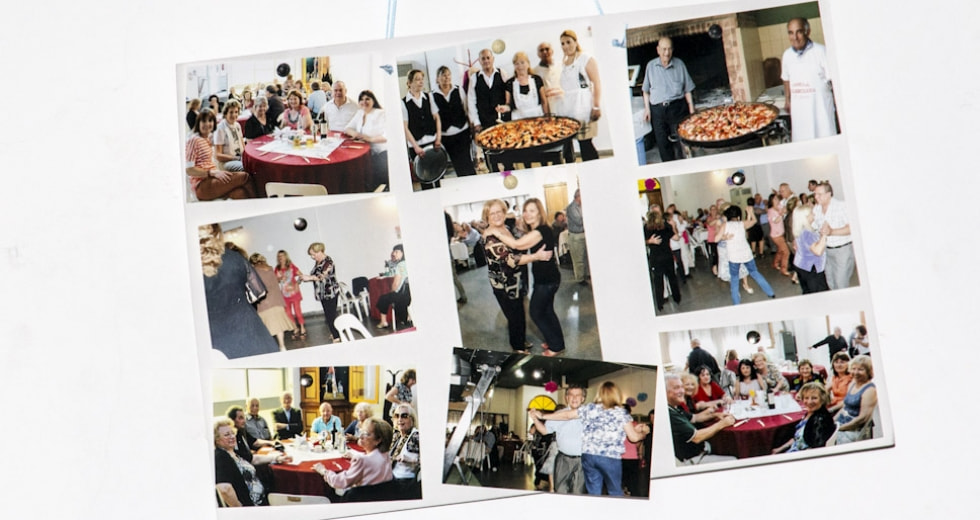
The language of memory
Descendants of Albanian migrants in Argentina haven't forgotten home.
|26.09.2014
|
“My bond with the Albanian people becomes stronger when they are criticized. It hurts because they have suffered but still stood brave,” said Maria Colacino.
This story was originally written in English.


